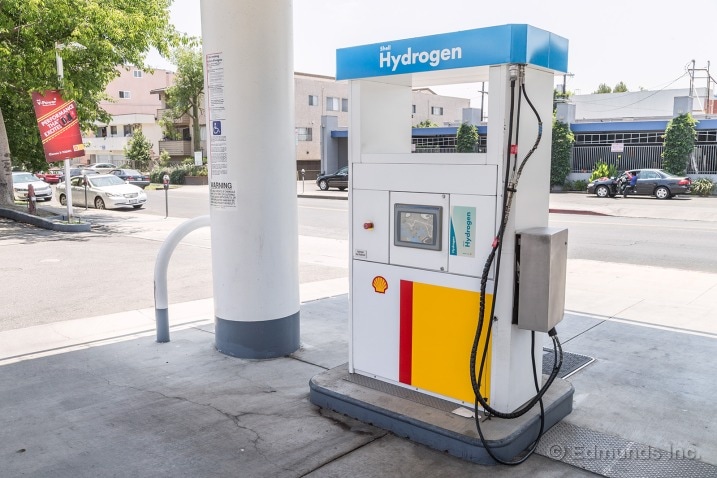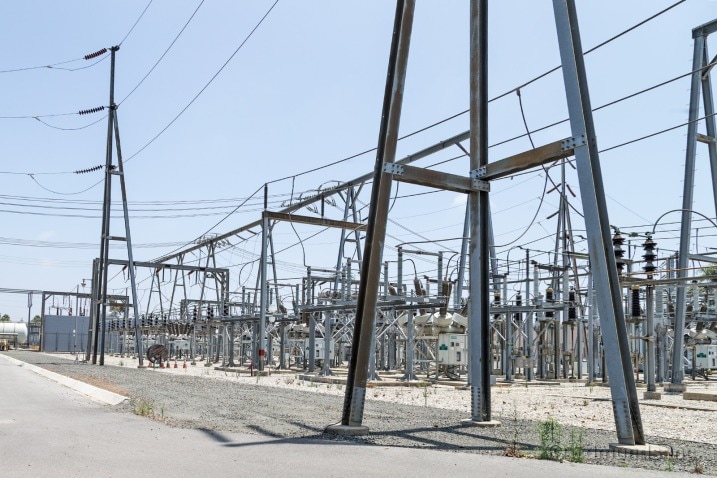The Grid Crash Myth
Plug-in cars might be good for the environment, but if everybody has one, they'll crash the grid when they all plug in to charge at the same time.
On an around-the-clock basis, utilities in the U.S. actually can produce far more electricity than we consume. We have demand-based blackouts because peak demand during daylight hours, especially on hot days when air conditioning is in heavy use, often exceeds the capability of the grid to instantly deliver the amount of juice demanded.
But most plug-in vehicle charging takes place at night, when power use is down and there's a surplus of capacity. And even if we move toward more daytime charging (with workplace chargers, for instance) the use of smart devices that can match charging times with grid supplies is expected to mitigate the impact.
The industry-supported Electric Power Research Institute recently did a national study that found that utility companies' grid improvements are expected to more than keep up with the relatively slow pace of plug-in vehicle adoption. One hour of EV charging draws about the same power as four new plasma-screen television sets, and few people are worried that more TV purchases will crash the grid.
Separately, the Pacific Northwest National Laboratory calculated in 2013 that the present-day grid's overcapacity could support 150 million electric vehicles, providing that those vehicles are properly distributed, with most located in areas with significant generating capacity.
Ed Kjaer, director of transportation electrification for the Southern California Edison Co., says that the utility has no issue with the demands of plug-in vehicle charging. SCE would know: It's no stranger to excessive daytime demand.
There already are almost 30,000 plug-in vehicle owners in SCE's service area, Kjaer says, "and the load is not presenting undue challenges.... We see negligible impact." The utility invests $4 billion a year in grid modernization, and the growth of plug-in vehicles so far is slower than the pace of grid improvement, he says.


